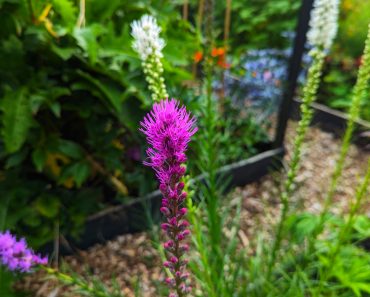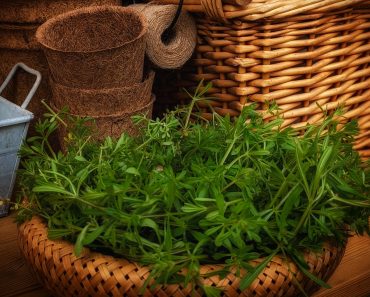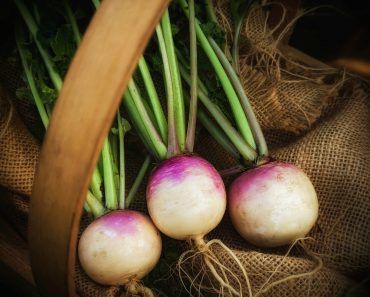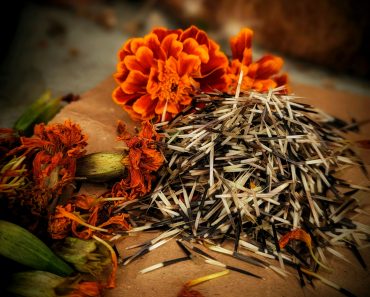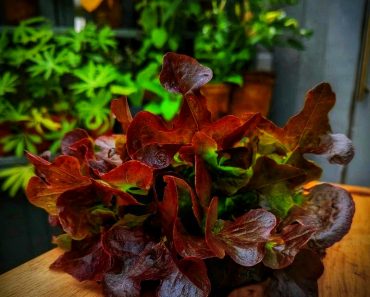Beetroots are easy to grow, colourful, delicious and full of beneficial Vitamins and Minerals. Grow Beetroot from Spring right up to Autumn! Read on to see how I grow these fabulous sweet globes…
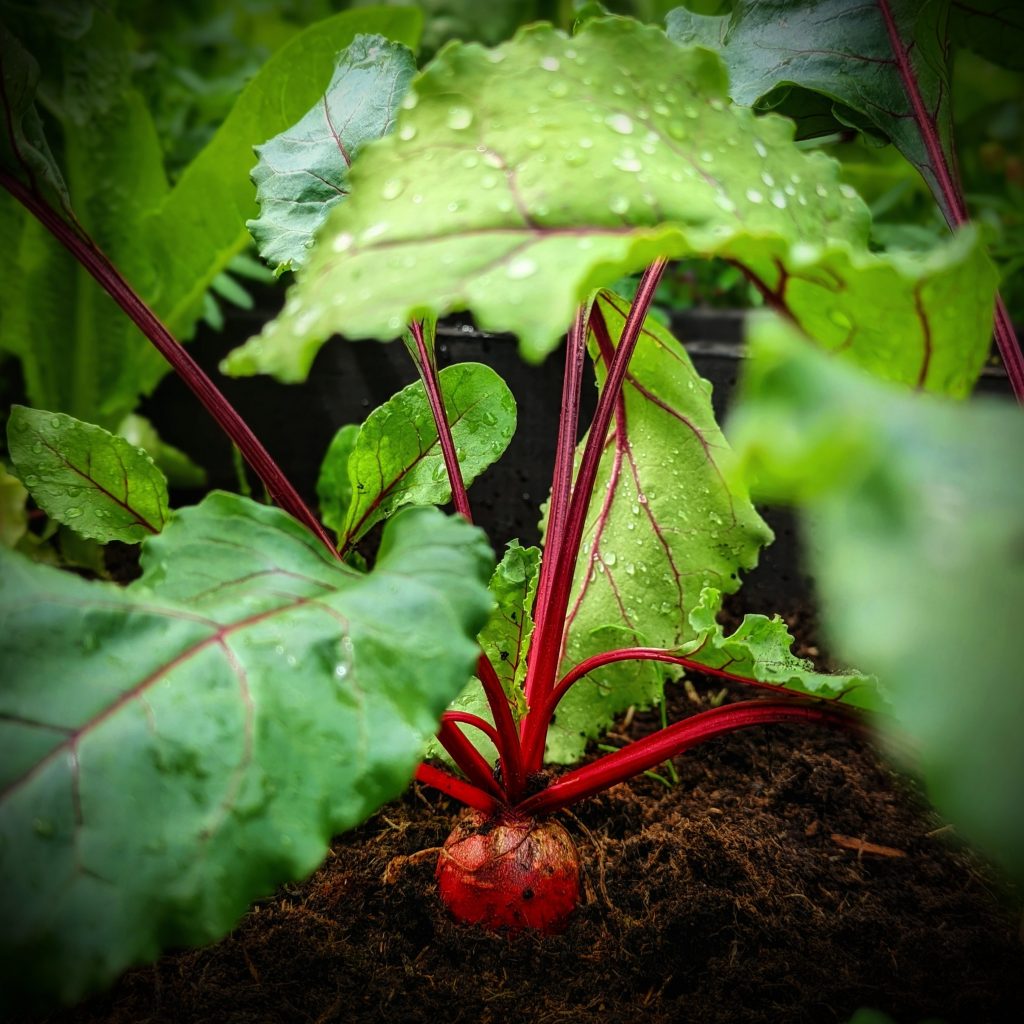
The Root Of Many Names!
Here in the UK we know it as plain old Beetroot! But in North America it is primarily called Beets. Dependant on where you come from the Beetroot goes by many names… table beet, red beet, garden beet, dinner beet, golden beet, Harvard beet, mangelwurzel, blood turnip, mangel, and spinach beet.
Mangelwurzel! That one deserves a little more explaining!
Mangelwurzel is a variety of Beetroot primarily grown for feeding livestock (Us humans can eat it too!) They have large white or yellow roots and have been grown since the 18th century as a fodder crop for feeding livestock. Animals love it! Both the leaves and roots provide a nutritious balanced food for livestock. The Distinctive name Mangelwurzel comes from the German Mangel meaning ‘chard’ and Wurzel meaning ‘root’. Not Just for Animals! Us Humans can enjoy it too! The roots can be prepared and boiled like a potato, serve them mashed or diced…pop them in stews, curries or soups.
A Little Beetroot History!
Beetroot goes way back! Archeological proofs have been found in Saqqara Pyramid at Thebes, Egypt, which dates from the time of the third millennium BC, Beetroot evidence was also found on the Neolithic site of Aartswoud in the Netherlands. There are even Assyrian texts that document Beetroots growing in the Hanging Gardens of Babylon around 800 BC and we know Ancient Greeks grew Beetroot around 300 BC.
Unlike today the Greeks didn’t use the roots of the plant for food, they only consumed the leaves. But they respected the root for giving life to the leaves and so they offered it to the sun god Apollo in the temple of Delphi.
The Ancient Romans however, did eat the roots but mostly for medicinal purposes. They used it as a cure to treat fevers and as a laxative aid.
The Beetroot we Know Today
The Modern Beetroot that we are all familiar with today started to gain popularity in the 16th and 17th Century in Europe. During Victorian times, Beetroot was used as a sweet source of Colour and was often added to an otherwise beige Victorian plate! It was also used in Sweet Desserts… in old Victorian Versions of a red Velvet Cake for example.
As time passed and industrial food preparation improved the Beetroot became more accessible to people. After the Second World War, due to the ongoing rationing, the most available vegetable for families was pickled beetroot in jars.
The Beetroot of Love!
Aphrodite the Greek Goddess of Love, was said to be exceptionally beautiful. Mesmerised were all whom had the good fortune to look upon her. Was it some Kind of spell that made her so desirable? No….Good genetics? No .
Do You know what Aphrodite credited with her Beauty? Beetroot! Apparently beetroot has a long and legendary connection to all affairs of the heart. It was said to enhance Beauty as well as provide aphrodisiac properties…I feel like I should be bathing in this stuff!!
There is still a legend today that says, if a man and woman eat from the same Beetroot they will fall hopelessly in Love. So there you have it, if all else fails…share a Beetroot with the one you fancy! It can’t hurt to try!
Ok, enough about Love and Mangelwurzels! How do You Grow it!
It’s actually pretty easy to grow Beetroot! They are mostly fuss free and will tolerate most soil conditions. Here’s How I Grow Mine…
How To Grow Beetroot
Buy Moulin Rouge Beetroot Seeds
When To Sow Beetroot seeds
Sow beetroot seeds (March-July)
In mid-spring for Summer Crops. In Mid- Late Summer for autumn crops
Sowing Indoors
In modules, sow 3-4 seeds per module, 1/2 inch deep in damp compost. Place on a Sunny windowsill to germinate. Plant out the Clumps in rows, 30cm apart, once all risk of frost has passed. *Be sure to harden off indoor raised seedlings first.
Multi sowing beetroot is a good way to increase yield. By growing beets in clumps of three-four you can maximise on your growing space.
Will growing in Clumps stunt the growth of the Beetroot? No, as Beetroots grow, they push each other apart instead of stunting each other’s growth. It does not affect the size of the root at all.
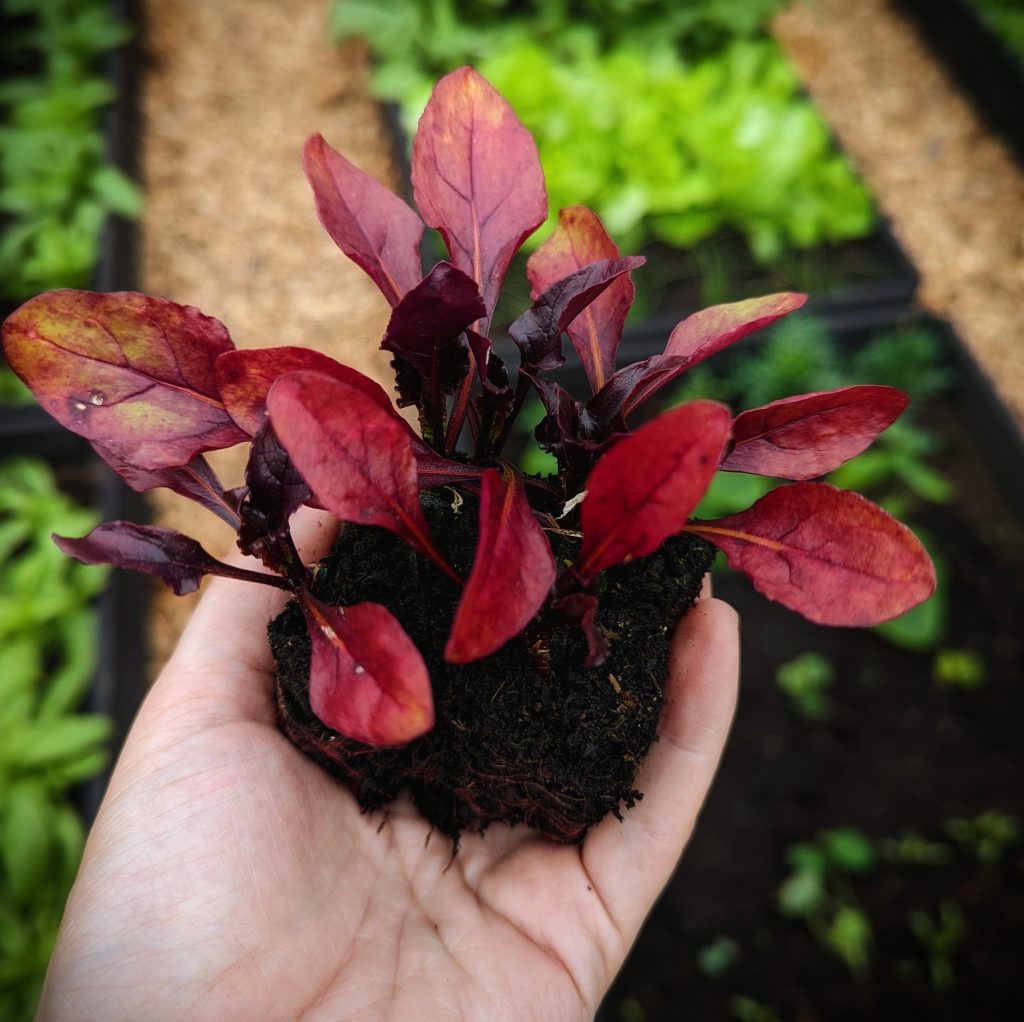
Sow Outdoors
Direct sow beetroot seeds outdoors from March to July in a weed free, sunny position in well drained soil. Sow seeds thinly in shallow drills at a depth of 1/2 inch and 30cm apart. Germination will occur within 12 to 24 days. Thin out as required.
Where to plant Beetroots
Beetroots can be grown in the Ground or in pots, they like a sunny sheltered position
Beetroot water Requirements
Once established, beetroots don’t need much fussing! Water as needed, but for the most tender roots try to keep the soil fairly moist
Beetroot Fertiliser
Beetroots are mostly unproblematic and will acclimatise to most soil environments…but for an extra boost you can add some compost, well-rotted manure, or bone meal to the Beetroot bed.
When To Harvest Beetroot
Most Varieties are ready for harvest 8-10 weeks from sowing. Loosen the soil with a fork, and pull up Beetroots when they reach golf-ball size, this is when they are most tender.
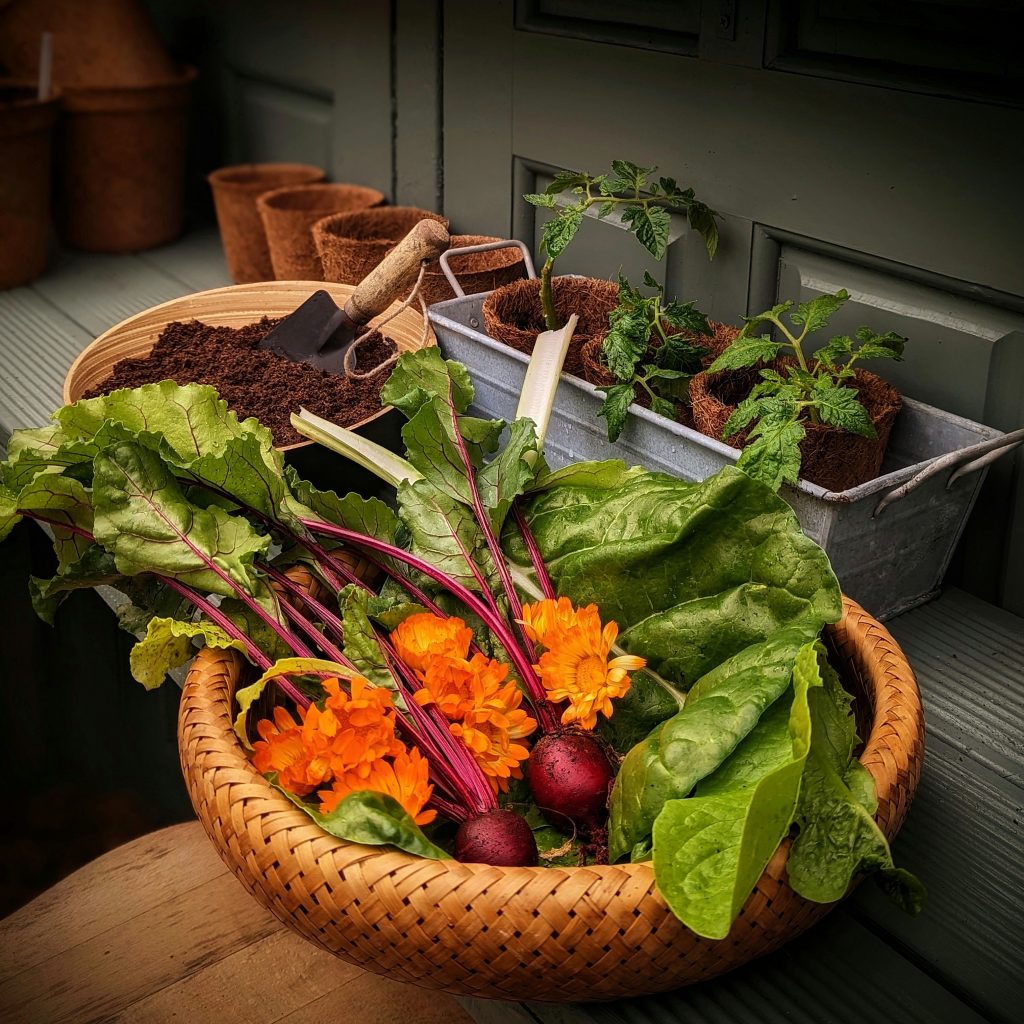
5 Ways To Eat Beetroot
- Raw! – Peel them, then Slice or grate them up and serve on a salad or on sandwiches
- Roast Them! – Roast beetroots until they are tender and juicy.
- Pickled! – Pickled beetroots are delicious!
- Boiled! Boiling Beetroot softens the tough root vegetable without losing any of their natural juices. Boil in water, add a splash of vinegar and simmer until tender, around 30 minutes.
- Juiced!– Beetroot Juice is delicious!
The Health Benefits of Beetroot
Packed with nutrients, beetroots are a great source of fibre, Iron, folate (vitamin B9), potassium, and vitamin C. Beetroots and beetroot juice are credited with numerous health benefits…
- Helps improve Blood pressure
- Increases exercise performance
- A natural detoxer, supporting liver health.
- Antioxidant properties that help to boost the immune system
- Anti-inflammatory
- Increases iron absorption
- Aids healthy blood flow around the body.
Want To Grow A Vegetable Garden?
Looking For more ‘Homely’ Inspo ?
Have a Nosey Around the Blog! See what i’ve been Baking, Growing and Drinking! Also, pop over and say Hi on Instagram
*Any specific health claim or nutritional claims or information provided on the Website are for informational purposes only. Nothing on the Website is offered or intended to be a substitute for professional medical, health, or nutritional advice, diagnosis, or treatment. This Website is not intended to diagnose, treat, cure or prevent any disease. You assume full responsibility for consulting a qualified health professional regarding health conditions or concerns.

